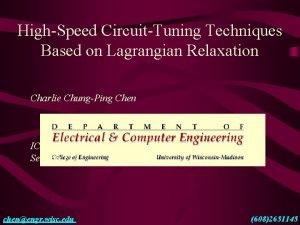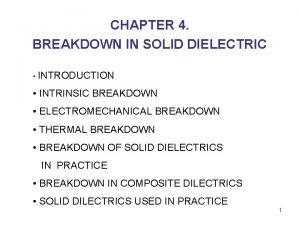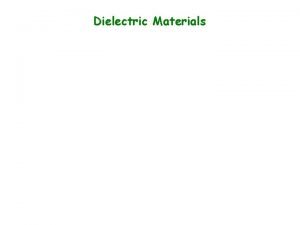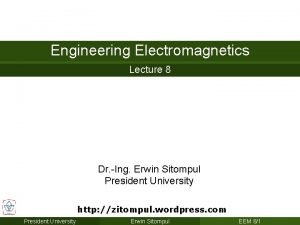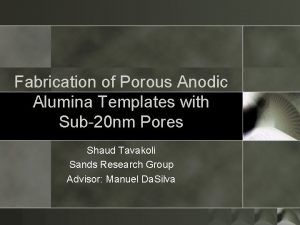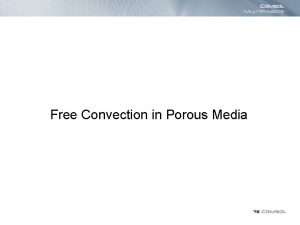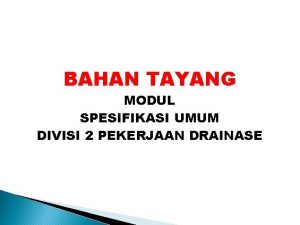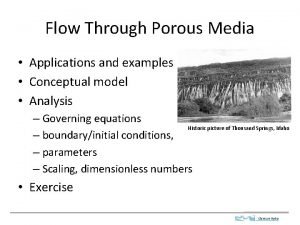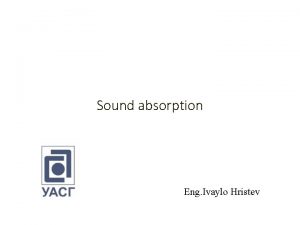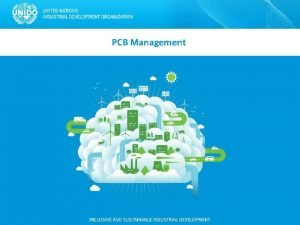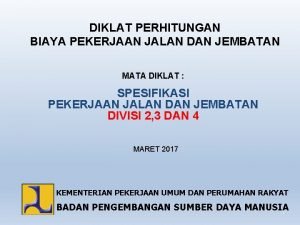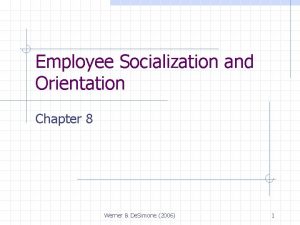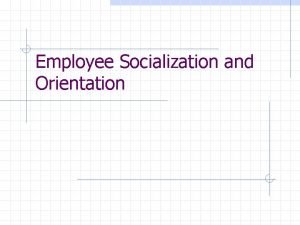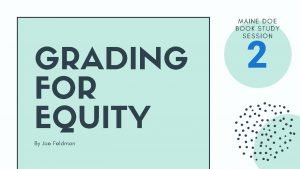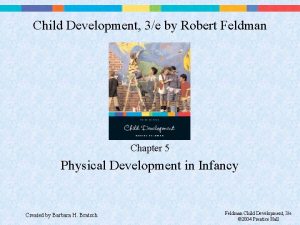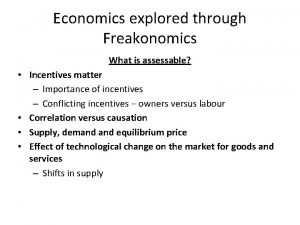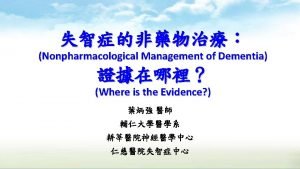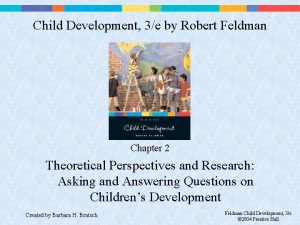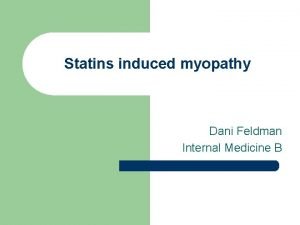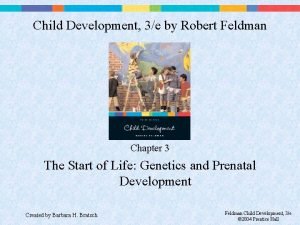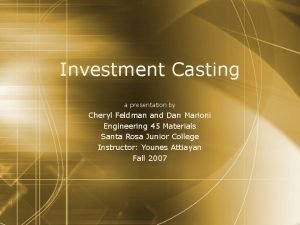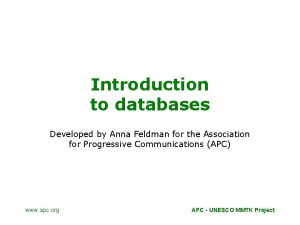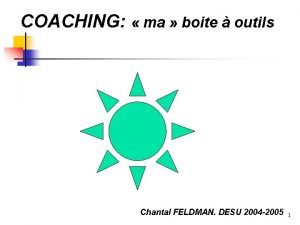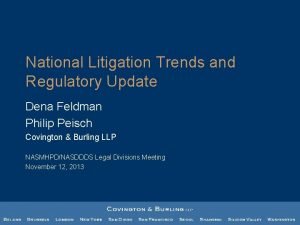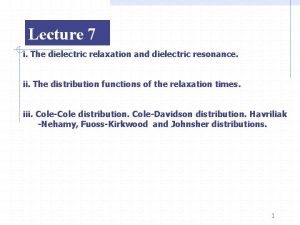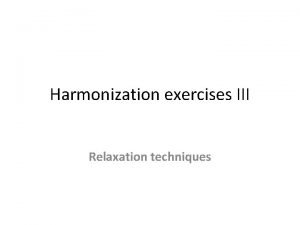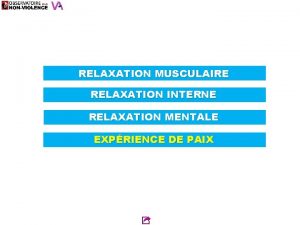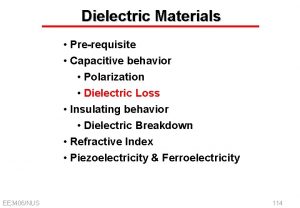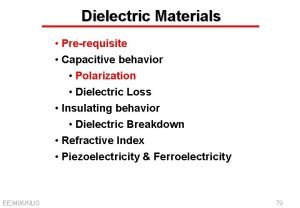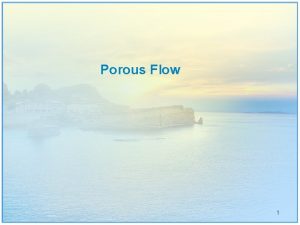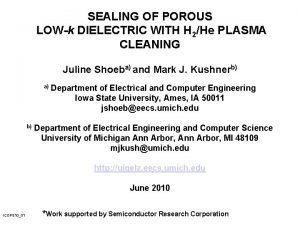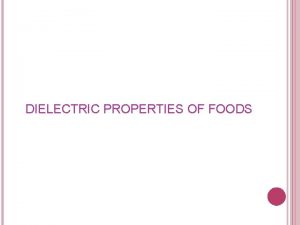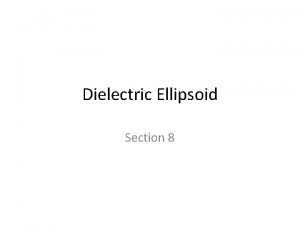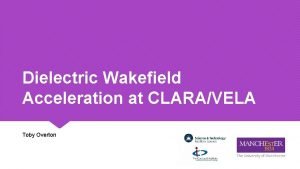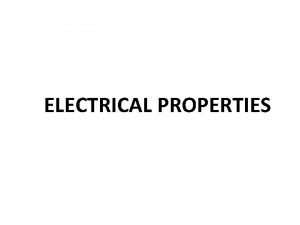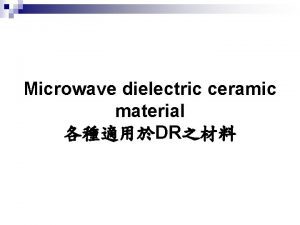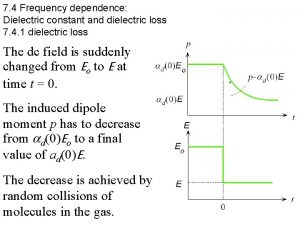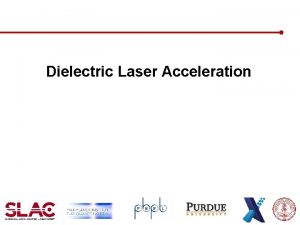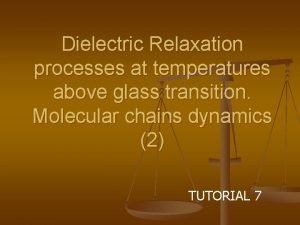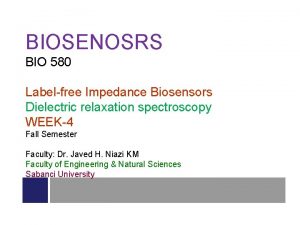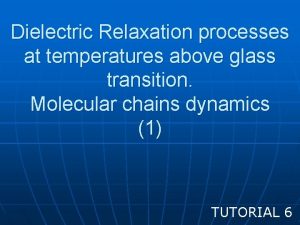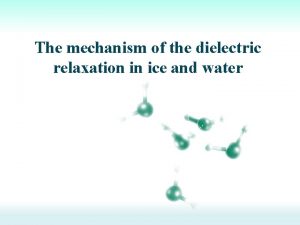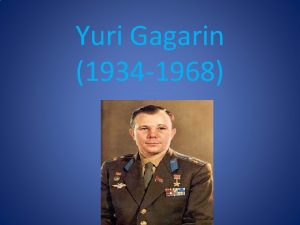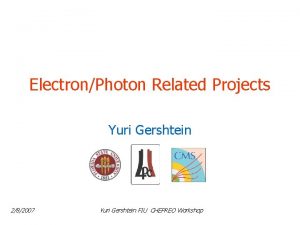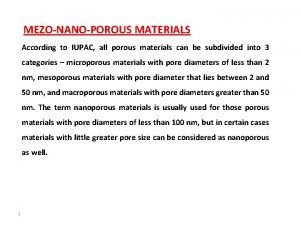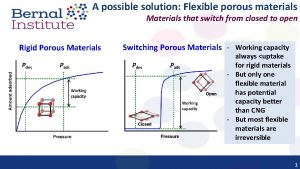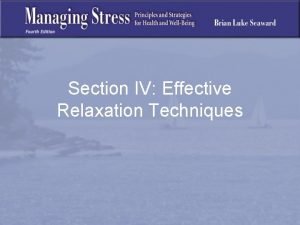DIELECTRIC RELAXATION IN POROUS MATERIALS Yuri Feldman Tutorial































- Slides: 31

DIELECTRIC RELAXATION IN POROUS MATERIALS Yuri Feldman Tutorial lecture 5 in Kazan Federal University 1

Porous borosilicate glass samples Initial sodium borosilicate glass of the following composition (% by weight): 62. 6% Si. O 2, 30. 4% B 2 O 3, 7%Na 2 O heat treatment at 4900 C for 165 h heat treatment at 6500 C for 100 h immersion in deionised water 0. 5 N HCL rinsing in deionized water drying at 2000 C additional treatment in 0. 5 N KOH rinsing in deionized water drying at 2000 C 2

Commercial alkali borosilicate glass DV 1 of the following composition (mol. %): 7% Na 2 O, 23% B 2 O 3, 70% Si. O 2 bithermal heat treatment at 650 0 C and at 530 0 C thermal treatment at 5300 C immersion in deionised water 3 M HCL rinsing in deionized water drying additional treatment in 0. 5 M KOH rinsing in deionized water drying 3

Structure parameters and water content 4

Dielectric response of the porous glass materials Sample C 3 Sample C after heating 1

3 -D PLOTS OF THE DIELECTRIC LOSSES FOR THE POROUS GLASS MATERIALS Sample C Sample II 6

Low frequency behaviour ~20 Hz B B C A A C High frequency behaviour ~ 100 k. Hz 7

The fitting model 1) Conductivity *( ) = -i 0/ 0 2 1 Jonscher *( ) = B* n-1, >> 1 2) Havriliak-Negami *( ) = / [1 + ( i ) ] + 8

1 st Process A - 50 k. J/mol B - 42 k. J/mol C - 67 k. J/mol D - 19 k. J/mol Ice - 60 k. J/mol I - 64 k. J/mol II - 36 k. J/mol III - 61 k. J/mol Ice - 60 k. J/mol 9

Dependence of the Cole-Cole parameter from ln( ) Samples Humidity h, % II 0. 63 A 1. 2 B 1. 4 D 1. 6 C 3. 2 III 3. 39 I 3. 6 10

Temperature dependence of the dielectric strength 11

Orientation of the relaxing dipole units parallel B(T) Parallel and anti-parallel orientation anti-parallel noncorrelated system Temperature 12

The symmetric broadening of dielectric spectra The Empirical Cole-Cole law (1941 ) is the relaxation time ? is a phenomenological parameter ? Character of interaction Structure Temperature (1 - ) / 2 etc is the dielectric strength 13 13

N. Shinyashiki, S. Yagihara, I. Arita, S. Mashimo, JPCB, 102 (1998) p. 3249 What is behind the relationship ( )? How can we use experimental knowledge about and ? For instance does their temperature or concentration dependencies explain the nature of dipole matrix interactions in complex systems? 14

The Traditional Theoretical Models Anomalous Diffusion R. Metzler, J. Klafter, Physics Reports, 339 (2000) 1 -77 W. T. Coffey, J. Mol. Liq. 114 (2004) 5 -25 R. Hilfer , Phisica A, 329 (2003) 35 -40 Fractional Cole-Cole equation for relaxation function f(t) Continuous time random walk (CTRW) model. Levy flights Dipole-Matrix interactions The random Energy Landscape Fractal set r Due to space averaging both space and time fractal properties are incorporated in parameters 15

Dipole-matrix interaction The symmetric broadening of dielectric spectra Fractal set Ryabov et al J. Chem. Phys. 116 (2002) 8611. 16

Scaling relations is the macroscopic relaxation All dependences for different CS can be described by Universal function < 0 > 0 time 0 is the cutoff relaxation time N is the average number of relaxation acts in the time interval t= - fractal dimension of the relaxation acts in time , and N depends on temperature, concentration, etc If is a monotonic function is a minimum number of relaxation acts A is the asymptotic value of fractal dimension not dependent on temperature

Sample C Porous Size, nm 280 -400 Specific porous area, m 2/g Porosity% 9. 880 H, % 38 3. 2 Rich water content During the time of 1 ps, 70 relaxation acts occurs. > 0 0 0 t The density of the relaxation acts on the time interval of the time set of interactions A 0. 19 is the fractal dimension The total number of the relaxation acts during the time 18

Sample D Porous Size, nm 300 Poor water content Specific porous area, m 2/g Porosity% 8. 74 H, % 50 1. 2 < 0 A=0. 495 < 0 0 0 t 19 t

Kirkwood-Froehlich approach How can we link the numbers of the relaxation acts in time and the molecular structure, in which they occurred ? Additional parameters should be considered : which can be incorporated by using the Kirkwood-Froehlich approach Orientation of the relaxing dipole units is the average dipole moment of the i -th cell parallel anti-parallel B <…> indicatenona statistical averaging over all possible configurations. correlated system Θ is the angle between the dipole moment of a given cell and neighboring ones, Nn is the. Temperature number of the nearest cell dipoles. 20

Sample C For water molecules in porous glasses θ is the angle between the dipole moment of a given cell and neighboring ones, Nn is the number of the nearest cell dipoles. Tm 195 K The maximum conditions: reflect the system state with balanced parallel and anti parallel dipole orientations. The corresponding values of parameters are : The effective number of the correlated water molecules is 21

Sample C: l The kinetic and structural properties Arrhenius dependence Anomalous sub-diffusion The CC relaxation process is associated with temperature the anomalous sub-diffusion. R. Metzler and J. Klafter, Phys. Rep. , 339, 1(2000). R. Hilfer, Applications of Fractional Calculus in Physics, is a monotonically decreasing Ed. By R. Hilfer , (World Scientific, Singapore, 2000). function of temperature throughout the temperature range The time-space scaling relationship An anti parallel orientation of the cell dipoles, m, is stipulated by the influence of the porous matrix interface Two main scales of cluster in the Ice-like layer on the matrix interface L 2 l L is the macroscopic scale of the matrix interface area At T<<Tm l 2 is the area of the mesoscopic scale of the Kirkwood-Froehlich elementary unit with an average dipole moment m

Tm = 195 K R L The Kirqwood. Froehlich cell R - H - F 1 - F 2 L

Second Process 2 25

Orientation Defect D-defect L -defect Si Si O O V* is the defect effective volume Vf is the mean free volume for one defect N is the number of defects in the volume of system V , where 26

The fitting results for the second process Ha is the activation energy of the reorientation Hd is the activation energy of the defect formation o is the reorientation (libration) time of the restricted water molecule in the hydrated cluster is the maximum possible defect concentration 27

Dielectric relaxation in percolation Percolation: Transfer of electric excitation through the developed system of open pores ( t / ) ~ e ( t / , Df = 3 , where Df is a fractal dimension 28

The Fractal Dimension of Percolation Pass 29

Porous medium in terms of regular and random fractals : porosity of two phase solid-pore system Vp : volume of the whole empty space V : whole volume of the sample , : upper and lower limits of selfsimilarity D : regular fractal = / dimension system of the : scale parameter [ , 1] w : size distribution function , , A: A empirical parameters 30

Porosity Determination (A. Puzenko, et al. , Phys. Rev. (B), 60, 14348, 1999) 31

The transition associated with the formation of a continuous path spanning an arbitrarily large ("infinite") range. The percolation cluster is a self-similar fractal. Percolation E z D y Q C B Static condition of renormalization O O A x 32
 Lagrangian relaxation tutorial
Lagrangian relaxation tutorial Intrinsic breakdown in solid dielectrics
Intrinsic breakdown in solid dielectrics Dielectric material list
Dielectric material list Boundary conditions for perfect dielectric materials
Boundary conditions for perfect dielectric materials Shaud tavakoli
Shaud tavakoli Heat transfer in porous media comsol
Heat transfer in porous media comsol Bahan drainase porous atau penyaring (filter)
Bahan drainase porous atau penyaring (filter) Objective of tig welding
Objective of tig welding Porous media examples
Porous media examples Types of porous absorbers
Types of porous absorbers Porous material
Porous material Geotekstil separator kelas 1
Geotekstil separator kelas 1 Dr robert feldman
Dr robert feldman Werner orientation
Werner orientation Vitaly feldman
Vitaly feldman Employee socialization and orientation
Employee socialization and orientation Dr robert feldman
Dr robert feldman Grading for equity book study
Grading for equity book study Dr robert feldman
Dr robert feldman Paul feldman’s bagel test
Paul feldman’s bagel test Dr robert feldman
Dr robert feldman Feldman & gracon 1996
Feldman & gracon 1996 Dr robert feldman
Dr robert feldman Dani feldman
Dani feldman Dr robert feldman
Dr robert feldman Art appreciation and criticism
Art appreciation and criticism Yehuda feldman
Yehuda feldman Cheryl feldman
Cheryl feldman Dr anna feldman
Dr anna feldman Dr michael feldman
Dr michael feldman Chantal feldman
Chantal feldman Dena feldman
Dena feldman
